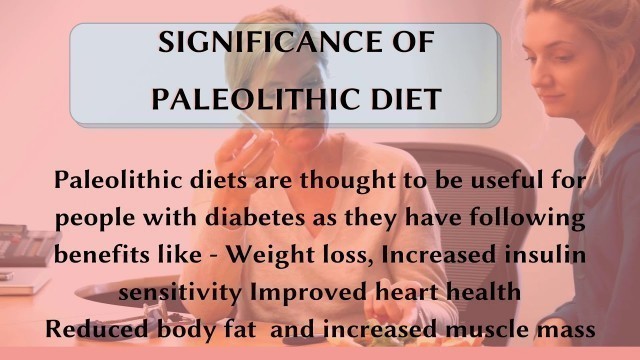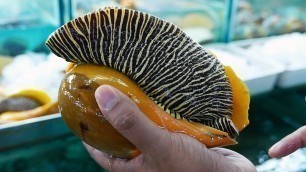

04:00
Oct 15, 2021
0
0
'Blog Link - https://www.localhealthacademy.com/post/effective-diabetic-diet-plan-for-all-ages Diabetes is a chronic (long-lasting) health condition disease that occurs when our blood glucose, also called blood sugar, is too high. Sometimes people call diabetes “a touch of sugar” or “borderline diabetes. It is a deadly disease that occurs when the pancreas is no longer able to make insulin There isn’t a complete cure yet for diabetes, but losing weight, eating healthy food, and being active can really help. How diabetes occurs ? It occurs when our body cannot make or effectively use its own insulin. Insulin is a hormone made by special cells in the pancreas called islets (eye-lets). Insulin serves as a “key” to open your cells, to allow the sugar (glucose) from the food you eat to enter then, your body uses that glucose for energy. What are the most common forms of the diabetes? It has also been called as juvenile diabetes because it usually develops in children and teenagers. But people of all ages can develop type 1 diabetes. In this condition the immune system destroys insulin-making cells in the pancreas. The most common form of diabetes is called type 2 diabetes, or non-insulin dependent diabetes. Relation between diabetes and weight loss There is positive impact of weight loss on diabetes. If the diabetic person loses 7% of body weight then the person can reduce diabetic risk by 60-70%. How weight loss benefits a diabetic person - Improves glucose tolerance which is important to be able to use insulin better. Protects from developing common diabetes related complications like eye diseases, kidney failure, liver damage, high blood pressure etc. Lowers blood pressure and improved hemoglobin A1c levels Pancreas is better able to keep up with your body\'s need for insulin Decreased risk of vascular inflammation like atherosclerosis. Reduced risk for sleep disorder as weight loss will eventually improve our sleep quality and helps us get better control on blood sugar. Increased energy and improved mood gives motivation to manage diabetes efficiently. Effective diabetic diet for all ages #1 Mediterranean diet Mediterranean diet Mediterranean diet Emergence of Mediterranean diet The Mediterranean diet is based on the traditional eating habits from the 1960s of people from countries that surround the Mediterranean Sea, such as Greece, Italy, and Spain, and it encourages the consumption of fresh, seasonal, and local foods. What is Mediterranean diet ? The diet is generally characterized by a high intake of plant-based foods - Fresh fruit and vegetables, nuts, and cereals Olive oil Moderate intake of fish and poultry Low intakes of dairy products (mostly yogurt and cheese) Please note if anyone is susceptible to sharp spikes in blood glucose levels ,option for lower carbs fruits such as berries and consume moderate amount of other fruits. What is significance of Mediterranean diet ? They include a strong vegetable content. Vegetables such as tomatoes, peppers, aubergines, olives, onions, rocket and lettuce are not only great for blood glucose levels but make a very visually appealing meals too. #2 Low-carbs diet Low-carbs diet benefits - The low carb diet as the name suggests intake of foods deficient in carbohydrates. This diet helps people with diabetes and efficiently manage to stabilize blood sugar levels and this will eventually result in lower average blood glucose, or HbA1c levels reduce food cravings, especially for sugar lower the risk of hypoglycemia aid weight loss efforts decrease the risk of long-term diabetes complications lower cholesterol Most of the calories in a low-carb diet should come from healthful, natural sources, including - vegetables lean protein, such as eggs, fish, nuts, and tofu and many more good fats, such as olives or avocados fruit in moderation as it is healthful substitute for sugary snacks and processed foods. #3 Paleolithic diet Paleolithic dietPaleolithic diet The Paleolithic or “paleo” diet attempts to replicate the diet that people ate thousands of years ago when they had to hunt for food. Staples of a paleolithic diet include fruits, vegetables, lean meat, and fish. #4 Vegetarian or Vegan Diet Vegetarian and vegan diets eliminate meat, all animal products, including dairy and eggs. and focus on fruits, vegetables, whole grains, nuts and seeds. #5 DASH Diet DASH dietDASH diet The DASH Diet, which stands for Dietary Approaches To stop Hypertension, is promoted by the National Heart, Lung, and Blood Institute. #6 Gluten free diet Gluten is a family of proteins found in grains, including wheat, rye, spelt, and barley. The two main proteins in gluten are glutenin and gliadin. Managing diabetes and obesity is not a science but its a art! Art of sharing and inculcating knowledge to follow healthy lifestyle.'See also:


















comments